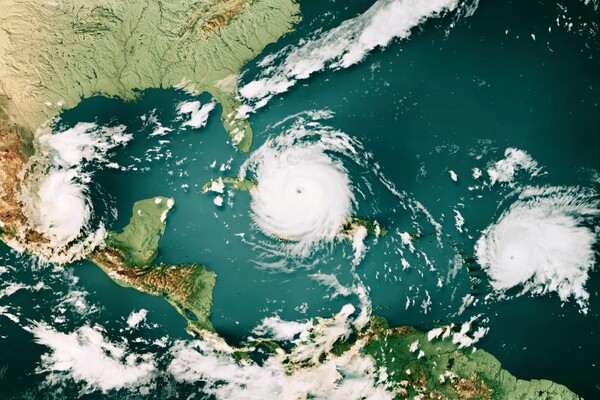Fears of fierce Atlantic hurricane season prompts US travel warning
The Foreign Office has updated its travel advice for the US amid warnings of a fierce Atlantic hurricane season.
The FCDO alert follows the passage last month of Hurricane Beryl, which brought severe high winds and heavy to several Caribbean islands, as well as and Mexico’s Yucatan peninsula.
Beryl was also the earliest category five hurricane on record in the north Atlantic region.
It was followed a month later by Hurricane Debby, which made landfall in Florida earlier this week. Flooding has been reported in parts of the state, with warnings in place for Georgia, South Carolina and North Carolina as the storm tracks the Eastern Seaboard.
"The US National Oceanic and Atmospheric Administration (NOAA) predicts that there is a very high likelihood of an ’above-normal Atlantic hurricane season’ in 2024," said the FCDO in an update to its US travel advice issued on Wednesday afternoon (7 August).
Typically, the Atlantic hurricane season runs from June to November, with the Pacific season getting under way a month earlier in May.
According to the NOAA, there is an 85% chance of an "above-normal" season, 10% chance of a "near-normal" season and 5% chance of a "below-normal" season.
It is forecasting between 17 and 25 named storms, those bringing winds of 39mph or higher, eight to 13 of which it predicts will become hurricanes with wind speeds of at least 74mph.
Of these, four to seven are likely to become major category three, four or five storms, which are characterised by winds of upwards of 110mph. Wind speeds during Hurricane Beryl, for instance, ran to 160mph.
The NOAA said forecasters had 70% confidence in these ranges, and pinned the above-normal activity on several factors, including near-record warm Atlantic Ocean temperatures and development of La Nina conditions in the Pacific.
After Debby, the next named storm will be Ernesto, followed by Francine, Gordon, Helene, Isaac and Joyce.














